Medicine through time
How medical care has changed for local people through time
Where is all started
During the prehistoric period there is evidence that people performed treatments for many common conditions including trepanning, as well as using herbal remedies mixed in with superstitious and religious beliefs. There is evidence of 'doctors' employed during the ancient Egyptian period (from around 3000 bc), including Imhotep who recorded 200 different medical conditions.
Hippocrates (born 460 BC) is known as the father of modern medicine, and he created the theory of the 'Four Humours', showing that diseases could have natural (rather than supernatural) causes. He believed these fluids - black bile, yellow bile, blodd and phlegm, should be in balance for good health. Around 700 years later, Galen transformed the Roman mdical world by creating the theory of opposites. Advances in public health were also important during this period, including some of the first sewage systems.
Throughout the medieval and early modern period, medical practices and treatments remained unchanged. Surgery would be performed by barber surgeons, without anesthetic, with infectiion common. Treatments included blood-letting, prayer and herbal remedies, and urine was used as the main diagnostic tool. Monastries and nunneries served the role of modern care-homes, and locals might have visited Kirklees Priory in Calderdale. Around 50 % of the population of Kirklees died during the Black Death, worsened by woolen trade with southern Europe. Records were kept of later plagues which show increased burials in Birstall, Dewsbury, Ossett, Wakefield and Mirfield.
The Industrial Revolution
The 19th century saw many advances in medical knowledge. This was the age of the first uses of anaesthetics, of the 'germ theory of disease', the first first vaccines, and also the first woman to be awarded a medical degree. Huddersfield's first infirmary was opened in 1832 to designs by architects John Oates. It was built in response to concerns about industrial accidents and funded by public donations. It could accomodate 85 people by 1885. The Borough Fever hospital in Birkby provided isolation to locals suffering from smallpox, whilst the Crosland Moor Workhouse included a hospital wing for infectious inmates. Other medical sites and workhouses also provide care.
Modern medicine
The start of the 1900s was marked by two world wars, which lead to advances such as plastic surgery, blood transfusions and x-rays. When the casualties started to arrive in Huddersfield on 30 October 1914, they were initially taken to the Royal Infirmary. However, the pressure for beds coontinued to increase in Huddersfield and a campaign was created to set-up a large war hospital at Royds Hall, Paddock, to accomodate 600 patients. Other sites around Honley, Holmfirth, Shepley, Lepton and Denby Dale were also used. More awareness was given to mental illnesses, and Storthes Hall Hospital provided psychiatric care from 1904-1991. Following the realisation of the state of the nation's health, the NHS was established in 1946, to provide free, universal health care. Modern medicine has been transformed by the discovery of antibiotics and DNA.
What to expect in the box
The items in bold are original items, please take extra care with these.
Pomanders were balls made to hold perfumes. Due to a belief that bad smelling air (miasma) could cause disease. Pomanders were worn or carried as a way to ward off disease. They could be hung from a chain around the neck or attached to a girdle or belt. Some contained several partitions to hold a variety of scents.
Pomanders are first recorded in the mid-thirteenth century and were initially large silver or gold balls. Over time they became shaped like nuts and ships, or even as buttons or rosary beads.
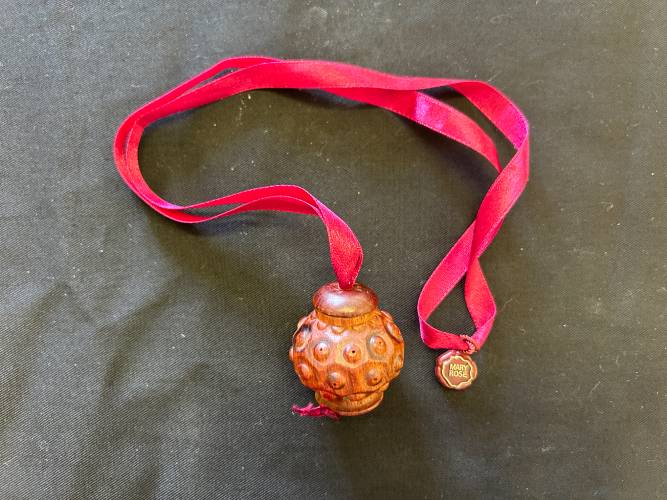
Please note, this is original and authentic
Humans have been using enemas, also known as clysters, for thousands of years, to treat diseases, provide nutrients and for religious cleaning.
They are used to clean the bowel, and would be inserted into the anus.
From the 1870s through the early 20th century, physicians (doctors) frequently relied upon enemas to help patients suffering from bowel obstructions and other disorders of the gastrointestinal system.
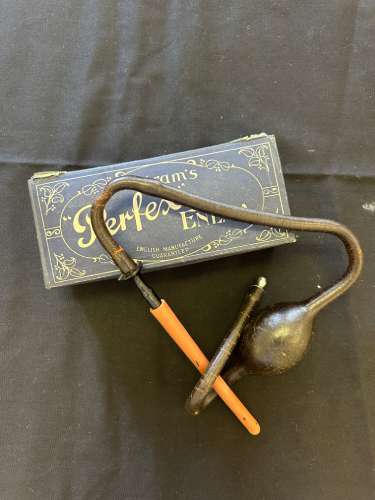
Before 1800, many people died in surgery due to blood loss, infection and pain. In 1867, Scottish physician Joseph Lister discovered that spraying carbolic acid on surgical instruments could prevent infection spreading
His methods were successful, reducing the mortality rate of his patients from 46% to 15%.
Carbolic soap is still used today and is often pink or red in colour. The Red Cross and other relief organisations distribute it to disaster victims for hygiene purposes.
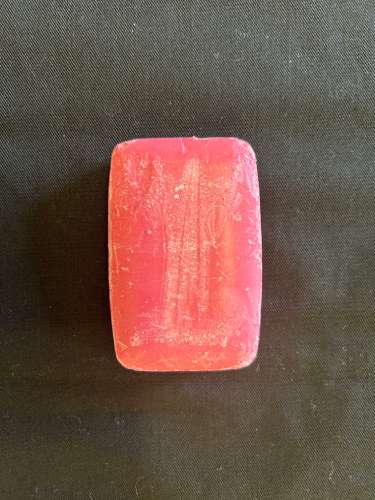
Please note, this is original and authentic
Spectacles were a common medieval device in the Victorian era, worn by both men and women with vision impairments.
They were considered a basic right for the elderly, and necessary for children to attend school and adults to work.
The London Spectacle Mission was founded in 1896 to ensure that people could get visual aids if their eyesight threatened their livelihood.
When the NHS was introduced in 1948, free spectacles were offered to all citizens.
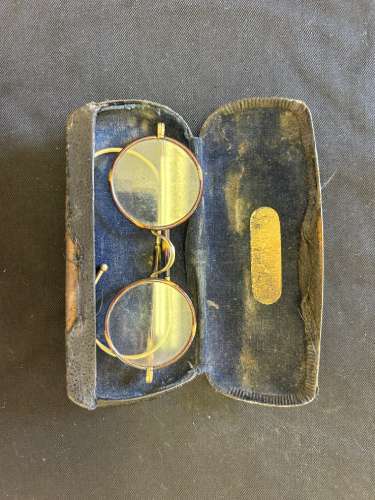
Please note, this is original and authentic
The profession of apothecary can be dated back to at least 2600 BC to ancient Babylon. The word "apothecary" comes from apotheca, which means a place to store spices, herbs and wine. Apothecaries were chemists who mixed and sold their own medicines, and also dispensed herbs and medicine to patients.
By 1700s, they were replaced by chemists, and pharmacists experimented and made many medical breakthroughs, especially between 1837 and 1901.
Some of the remedies could be dangerous; lithium was used to treat psychosis, mercury was used to fight syphilis and arsenic was used in asthma medication.
Apothecaries kept drugs in jars in their shops so they could prepare mixtures on demand.
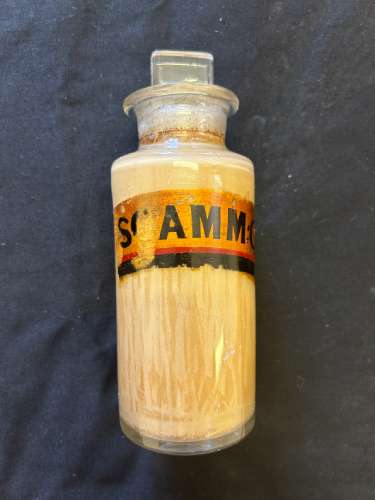
There were a variety of surgical tools in ancient Rome. For example, bone levers were tools used to remove diseased bone tissue from the skull and to remove foreign objects (such as a weapon) from a bone.
- Trapanning tools, for drilling holes in the skull. It was used to treat fractures, head wounds, epilepsy and headaches.
- Cataract device and tweezers, used by inserting into the eye and break up the cataract.
- Bloodletting cup, for removing too much blood from the body, which they believed caused diseases.
- Bone saw, for amputations.
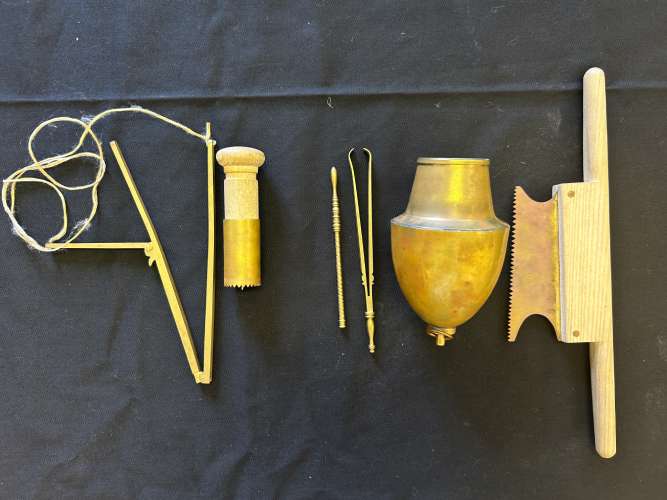
Florence Nightingale (1820-1910) became known as "The Lady with the Lamp" after a newspaper reported that she carried a lamp while walking among the beds of wounded soldiers at Scutari Hospital during the Crimean War to check on them at night.
She helped to transform nursing into a profession, creating training for nurses and setting standards for hospitals.
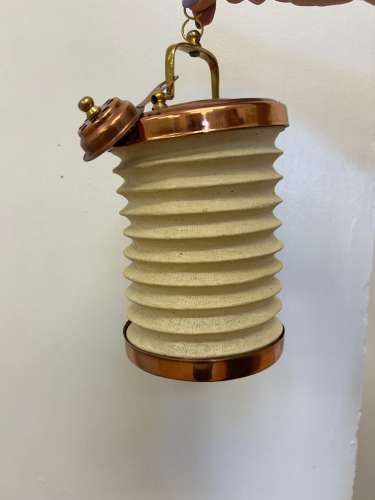
Please note, the contents are original and authentic
World War I led to many medical advances, including blood transfusions, x-rays and plastic surgery. New weapons made injuries common and deadly, so an effective response system was needed.
Stretcher bearers would be the first to attend to an injured person, and would be responsible for collecting men from No-Mans Land. They would carry basic supplies to provide immediate first aid, before taking the casualty to an aid post within the trench.
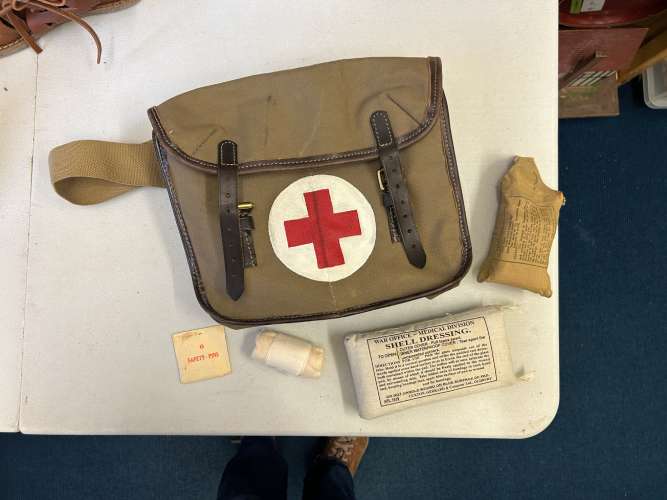
The plague broke out in England in 1665 and 1666, killing 68,596 people in London alone. The government attempted to limit the spread of the plague, but there was still little understanding of how people caught the disease.
As people believed that bad air (miasma) caused diseases, they wore plague masks to shield themselves. They might have also put herbs in the long nose to eliminate the bad air.
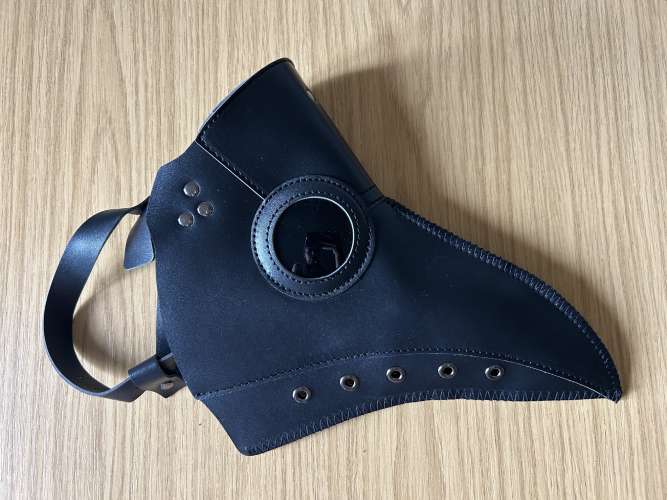
Please note, this is original and authentic
During World War I, many soldiers lost limbs due to the scale of the war and new weaponry, such as shrapnel, machine guns and shell fire.
Amputations were performed to treat severe injuries from bullets, exploding shells, frostbite, and infections that didn't respond to antibiotics.
After surgery, soldiers were fitted with artificial limbs and helped adjust to life with them at specialist centres.
One of the main purposes behind offering soldiers artificial limbs was to allow them to work. For artificial arms, attachments could be provided to help with completing specific tasks.
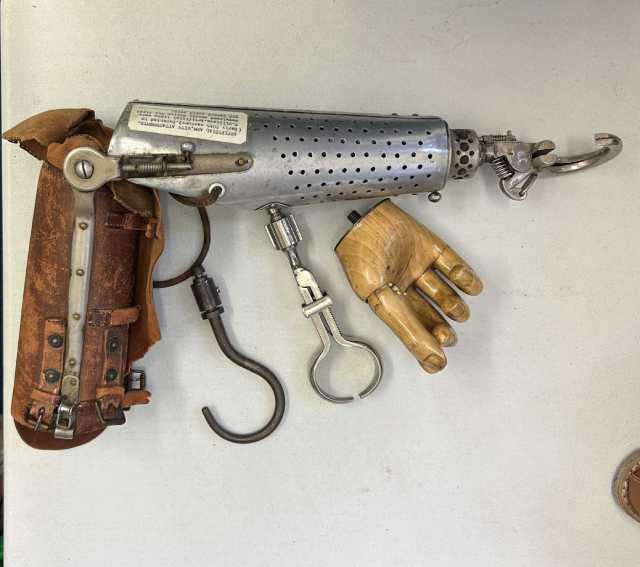
Urine has been used in medicine throughout history as it is helpful in diagnosing illnesses.
In the Middle Ages, doctors used urine samples to diagnose and predict death, and to identify conditions such as jaundice, kidney disease, and diabetes. This practice was called uroscopy, and doctors used glass flasks called matula to collect urine.
They would then observe the urine's colour, smell, sedimentation and sometimes taste.
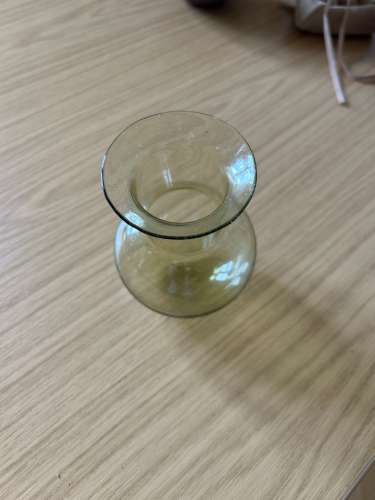
The use of herbal remedies dates back to the Paleolithic age, around 60,000 years ago.
During the Middle Ages, people used herbs to treat a wide range of illnesses. They often used plants that grew locally in their gardens, such as mint for stomach issues, dandelions for colds and gallstones, and chamomile for sedatives for digestive issues. They also used plants from the countryside and imported plants from other countries.
This practice continued for centuries, and some herbal remedies are still used today.
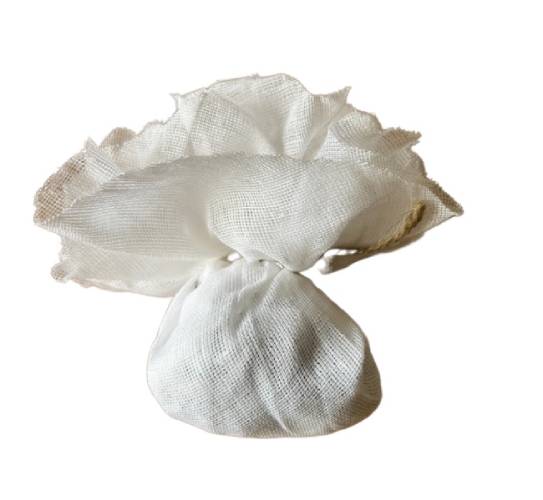
Explore the following themes using the objects
- Chronology
- Innovation
- Technology
- Religion
- War
- Government




